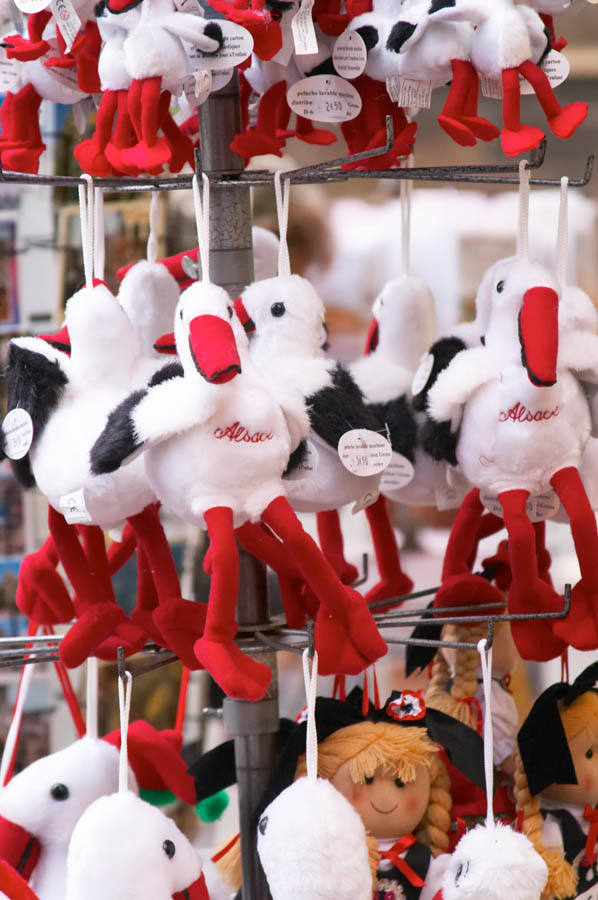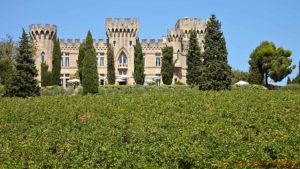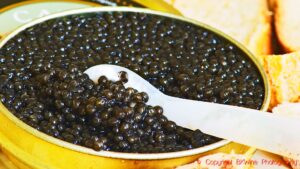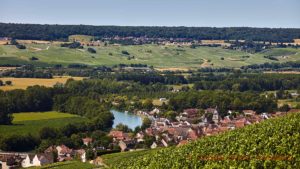Alsace is the only wine region in France that is entirely focused on grape varieties, although more and more wine producers now emphasise the importance of the terroir. There are many different wine styles and all have a gastronomic mirror, an Alsatian speciality that is perfect for each wine. Alsace can seem easy to understand, but it is not always so. But it is always stunningly beautiful in the hilly landscape filled with vineyards.
A few years ago the high-speed train line from Paris to Strasbourg and Colmar opened. Alsace is now just two hours away from the capital. Coming here is like coming to a different world. The story book villages are unique. Some of them, like Riquewihr, have all its original houses from the 16th century left. Others fared worse during the many wars in the region, but have been reconstructed with care.
Colmar, capital of Alsace wines
Strasbourg is a fantastic town, well worth a visit, but if you want to get close to the route du vin, the wine route which goes through the famous wine villages, you take instead the train to Colmar. Colmar is a pleasant town for a few nights stay. Picturesque but still vibrant and lively with both tourists and locals.
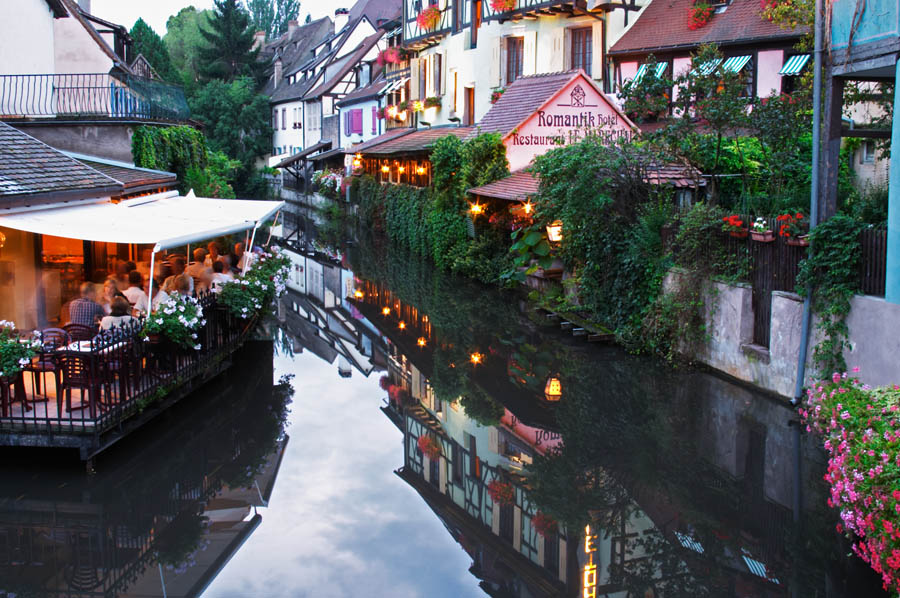
Few wine regions have such a wide range of wine styles as Alsace. Even though most of the wines here are white. Wine tastings in Alsace tend to be long and interesting! You taste sylvaner, riesling, pinot gris, gewurztraminer, muscat. There are dry wines, sparkling wines, semi-dry, semi-sweet, wines from noble rot, grand cru villages and maybe some red too. Pinot noir vineyards have grown in recent years.
Although there is some talk about terroir also in Alsace the grapes have a unique position here. “The grape is part of the Alsatian identity,” says Melanie Pfister, at Domaine Pfister in Dahlheim. “A consumer looks for a riesling or a gewurztraminer and these two grapes have such different styles. It would be difficult for them if you just put a vineyard name on the label,” she believes.
Terroir is of course also important. Paul Dussourt in Scherwiller says that “it is amazing how the character of the wines vary depending on where the grapes were grown, even if there are only a few hundred meters between.” And others, like Marc Kreydenweiss and Jean-Michel Deiss, believe that the terroir taste sometimes dominates over the grape flavour. And in that case, why indicate the grape on the label?
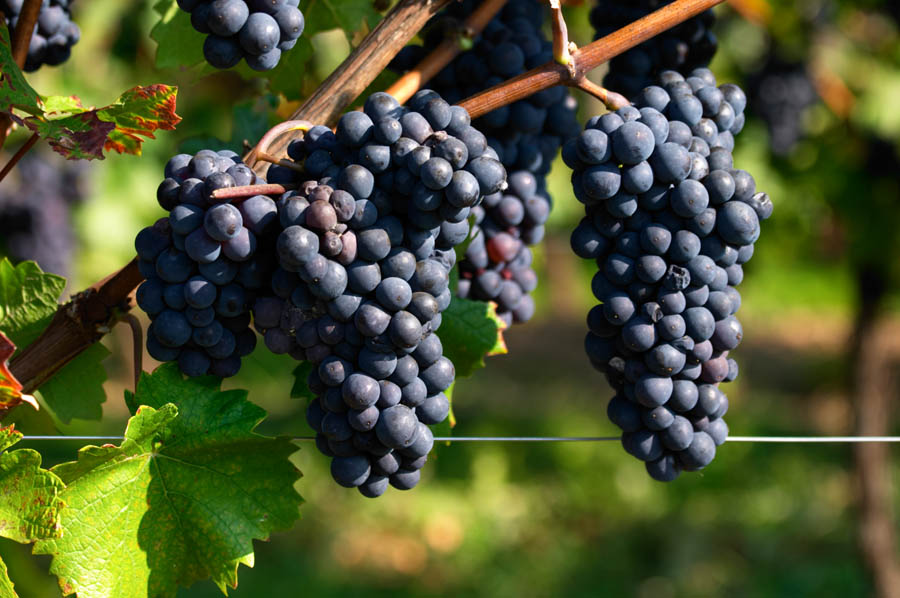
Goose or duck? Alsace wine for both!
Paul Dussourt is something of a specialist in vendange tardive, wines from late harvested grapes, a specialty of Alsace. We do a different tasting with him.
On the plate we have a slice of goose liver, foie gras d’oie, and a slice of duck liver, foie gras de canard. In the glasses we have different vendange tardive wines from gewurztraminer and pinot gris. Rich, flavourful wines with a little sweetness that goes perfectly with the foie gras. The idea is to taste the difference between the two slices of foie gras. That is quite difficult actually so we concentrate instead on finding out which wine is the best partner.
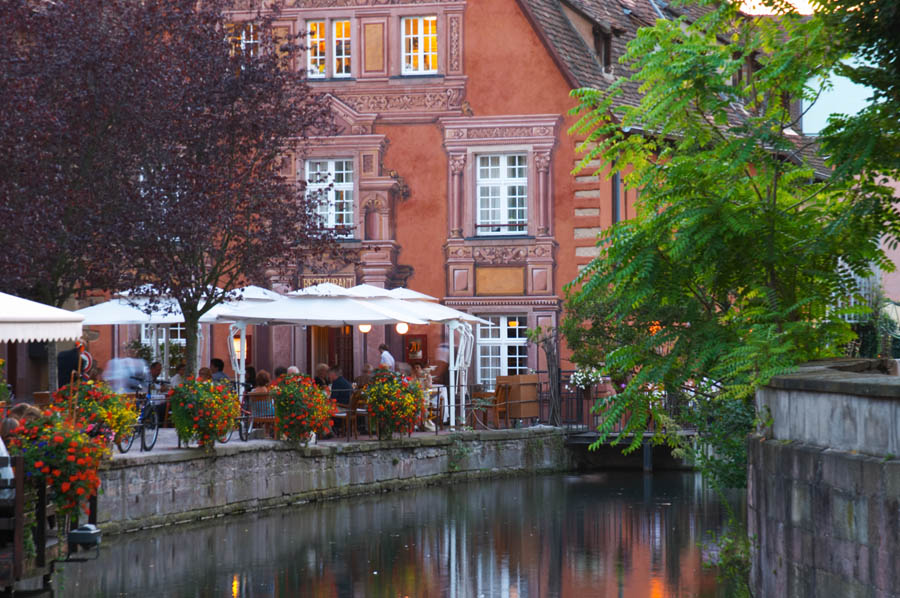
Sometimes you need a bit of sugar
“It is difficult to make a dry gewurztraminer,” says Paul. “If you harvest at 13.5% potential alcohol you get no aromas. But as a vendange tardive with around 20 grams of residual sugar it becomes perfect.” But what we considered best with the foie gras was a Pinot Gris Vendange Tardive 2007 with smooth and soft sweetness. The grapes had been left on the stock to dry virtually to raisins until late in the autumn.
Melanie Pfister also finds it difficult to make a dry gewurztraminer. “The grape needs to mature for a long time for both the aromas and the phenolic maturity. So you get high sugar levels and it is hard to make a dry wine out of that.”
Her Riesling wines, however, are completely dry. Or at least, they feel dry. “Sometimes they have 6-7 grams of residual sugar, but with the high acidity they feel totally dry,” she says.
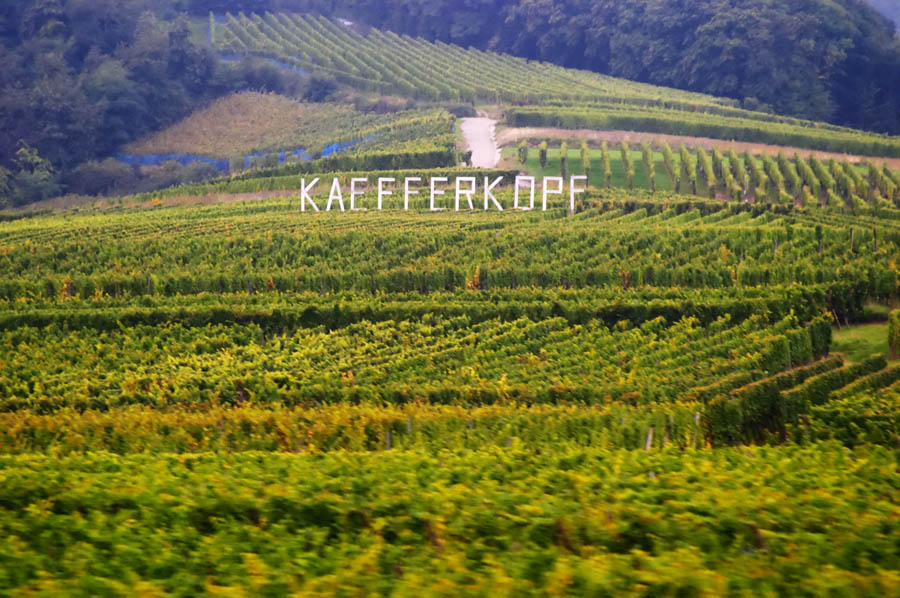
Visiting Alsace makes you understand how the producers work and think and why they do it. Wines from Alsace are not so complicated to understand but not so easy either!
Gazing at roof tops is compulsory in Alsace. A few years ago the stork was completely gone from the region. Much hard work has been put in to reintroduce the stork and now you hear the characteristic clattering from stork beaks in many villages. That alone is worth a trip to Alsace.
You can get close up to Alsace wine and food and discover all the wines, the top winemakers, and vineyards and the beautiful landscape on one of our wine and food tours to Alsace!
